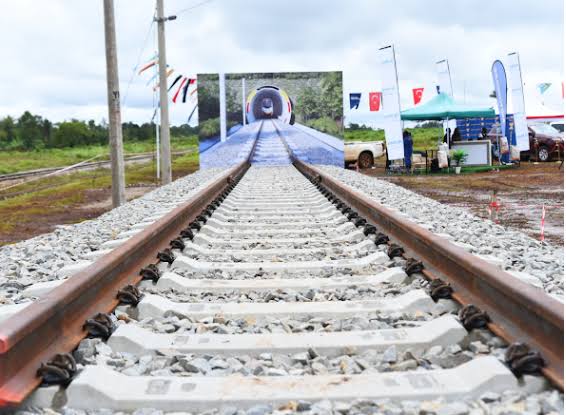Uganda Secures Financing for Standard Gauge Railway Project

Uganda’s Standard Gauge Railway (SGR) project has officially moved into the implementation stage, underpinned by a robust financing structure designed to ensure timely completion.
Perez Wambulu, National Coordinator for the SGR project, confirms that the government has set aside 75 million Euros to enable preliminary works while the broader financing arrangements are finalised.
“The total project, covering 272 kilometers from Malaba to Kampala in its first phase, is valued at 2.7 billion dollars ,” Wambulu said.
“The government’s contribution accounts for 15% of the financing, while 85% will be sourced through loans from international institutions and export credit agencies.”
The financing structure has three main components:
60% from Export Credit Agencies (ECAs), providing low-interest funding for large-scale infrastructure projects.
25% from Development Finance Institutions (DFIs), including the African Development Bank, the Islamic Development Bank, and the OPEC Fund for Development. These institutions have already pledged substantial support, with the Islamic Development Bank committing €400 million.
15% from the Government of Uganda, demonstrating local commitment to the project, with 75 million Euros already disbursed for preliminary works.
Wambulu emphasised that due diligence has been conducted to secure funds at the lowest cost, learning from similar railway projects in Tanzania.
“We have structured the financing to be predictable, transparent, and affordable, ensuring that the project does not face delays due to funding gaps,” he said.
Journalists also raised questions about equity-to-debt ratios and the capacity of the contractor, Turkish company Yapi Merkezi, to deliver the project on schedule. Wambulu assured that thorough due diligence had been done and that the financing arrangements complement the contractor’s implementation plan.
“The combination of government equity, export credit funding, and support from development finance institutions provides a strong foundation for the successful execution of Uganda’s SGR,” Wambulu said. “This financing model ensures that Uganda maximizes both efficiency and local participation while minimising costs.”
The SGR project is expected to not only enhance transport efficiency but also stimulate local economic growth, with 40% of the project’s resources earmarked for local contractors, suppliers, and service providers.









0 Comments